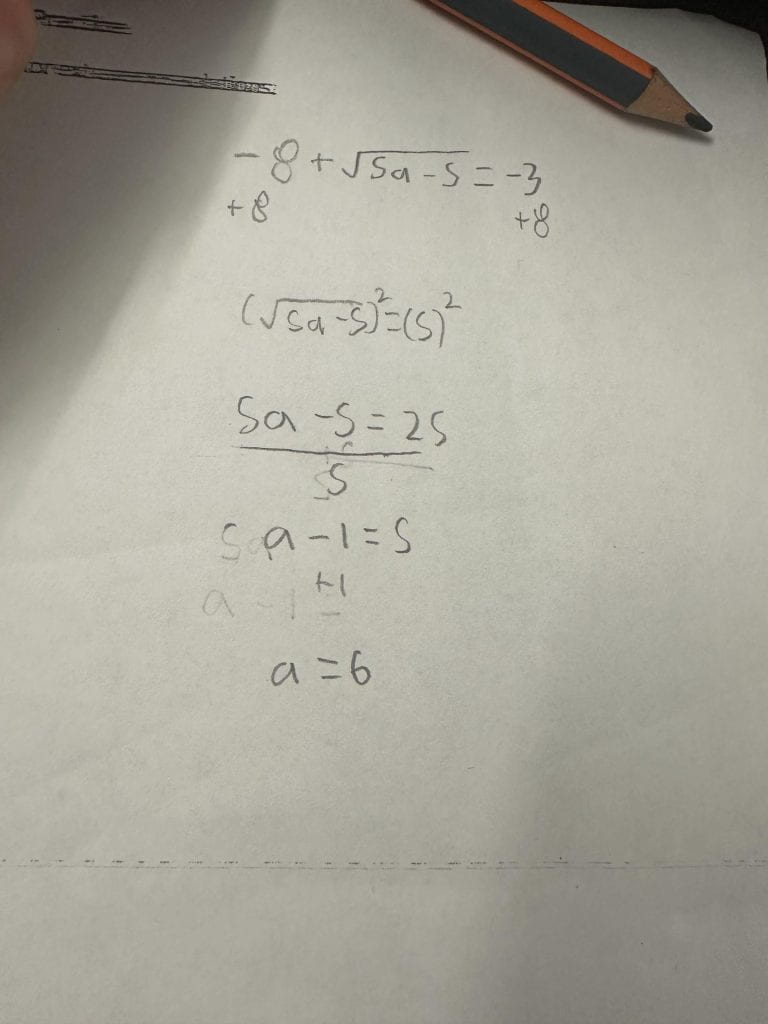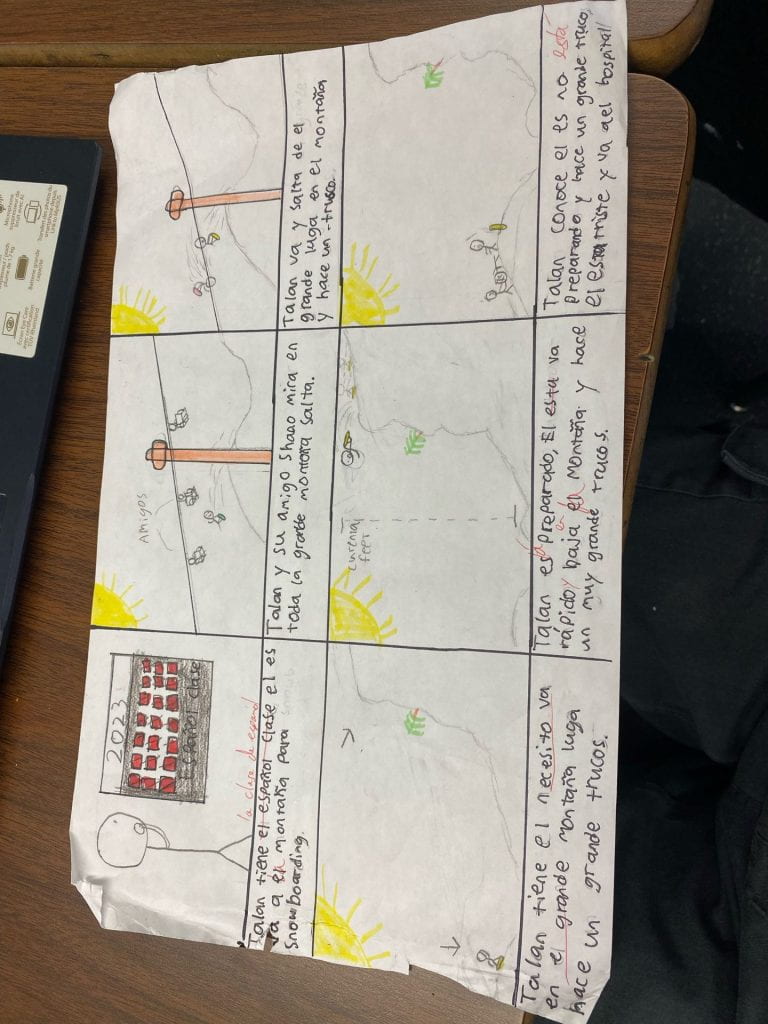Arthur Miller’s The Crucible has many complex human behaviors but in this essay. We will go into detail on Kohlberg’s 3 moral precepts. Kohlberg’s precepts are divided into the following three phases: pre-conventional, conventional, and post-conventional. Each of these phases explains the motives of a person’s action, whether it is to avoid punishment, gain social approval, or simply for one’s own moral principles. When we apply this theory, then we can comprehend more deeply what the characters did in The Crucible and for what psychological reasons.
The pre-conventional stage of Kohlberg’s 3 moral principles is shown by an individual who acts mostly to avoid punishment and/or receive a personal benefit. Abigail Williams illustrates this when she falsely claims that Mary Warren tried to conjure a “black art to change her shape.” Abigail’s purpose is to ruin Mary’s truthful testimony in court, which would expose Abigail’s lie and lead to Abigail’s consequences. Similarly, Betty Parris too exhibits pre-conventional behavior as she demands, “I saw George Jacobs with the Devil, I saw Goody Howe with the Devil!” Betty’s accusations are desperate attempts to move the focus away from herself and avoid punishment. Lastly, Mary Warren herself shows pre-conventional thinking when she is scared of going against Abigail by saying, “I cannot, they’ll turn on me.” Mary knows that defying Abigail and the other girls could lead to punishment, and as such she prioritizes her selves preservation.
These examples illustrate the way pre-conventional moral thinking drives most of the cowardly and deceitful actions in The Crucible. The conventional phase of moral precepts consists of members who act such that they are able to earn social approval and acceptance to communities. The behavior of Ann Putnam shows an example for this as she inquires, “Do you think it be God’s will that I lose seven children? “Ann sticks to the common belief that supernatural powers are responsible for her bad luck, so that she keeps herself in line and good name within the village. Abigail also shows this thinking when she says, “She is blackening my name in the village, she is telling lies about me.” She does not have a huge problem with the truth, but if people believed the accusations, then her reputation would be further destroyed.
Reverend Parris also expresses his level of conventional thinking when he insists, “We cannot leap to witchcraft.” Parris is less concerned with justice and more concerned with keeping up his social status and influence in Salem. The behaviors of these characters express how fear of being excluded socially. The post-conventional level of these moral precepts is marked by people who act according to their own self’s definition of morality regardless of punishments or social expectations. We see this in Reverend Hale when he realizes the court is unfair and says, “I quit this court.” By exiting the job and position that granted him authority, he demonstrates his commitment to his morals over societal expectations. Betty also displays post-conventional thought as she spitefully goes against Abigail by saying, “You drank blood, Abby, you didn’t tell him that.” Betty quickly made up her mind to expose the truth without considering consequences of her words. Finally, John Proctor shows himself as post-conventional since he does not sign a fake confession and says! “Because it is my name! How do I live without my name?” John puts his personal honor before his own life, really expressing his internal morals and confidence.
In conclusion, these characters have the rare but powerful ability to act in and deeply express Kohlberg’s moral development theory, more can be understood about the activities and motives of The Crucible characters. The pre-conventional characters act out of self-interest, the conventional characters do what society does, and the post-conventional characters act on their independence and morals. With this all said and done, Understanding moral reasoning is key to making sense of human actions and decisions. The Crucible is not only a play about historical events but also a deep exploration into the mind of characters and the mind that creates these morals.







